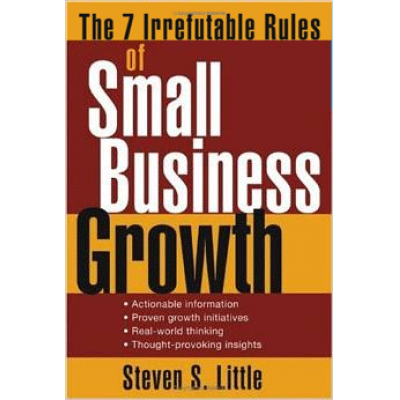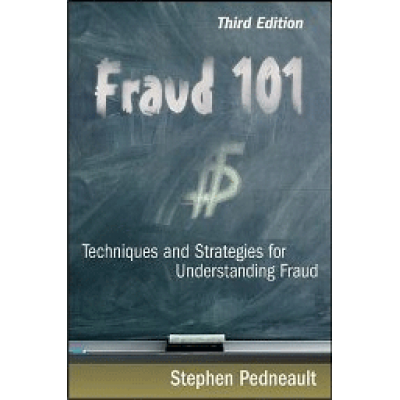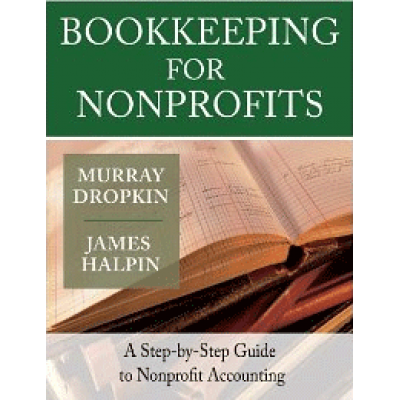Fast Track Retirement Planning 2021 - 24 CPE Credit Hours

We are all (including tax practitioners) getting older, and the need for effective retirement planning has never been greater. This course is essential for participants who wish to attain a comfortable retirement for themselves and their clients by maximizing tax saving strategies. Retirement income needs are calculated; net after-tax Social Security benefits are determined; and distribution options from IRAs and retirement plans are explored. Special consideration is given to the tax treatment of the home and business on retirement. Buy-sell agreements are discussed and eldercare planning is examined.
Completion Deadline & Exam: This course, including the examination, must be completed within one year of the date of purchase. In addition, unless otherwise indicated, no correct or incorrect feedback for any exam question will be provided.
Course Level: Overview. This program is appropriate for professionals at all organizational levels.
Field of Study: Taxes
Prerequisite: General understanding of federal income taxation.
Advanced Preparation: None
Learning Assignments & Objectives
As a result of studying each assignment, you should be able to meet the objectives listed below each assignment.
ASSIGNMENT SUBJECT
Chapter 1 How Much Do You Need To Retire?
At the start of Chapter 1, participants should identify the following topics for study:
* Mapping mechanics
* Common pitfalls
* Popular retirement myths
* Defining retirement
* Developing a plan
* Savings
* Assets
Learning Objectives
After reading Chapter 1, participants will able to:
1. Recognize the importance of personal retirement maps to suit client objectives & lifestyles and summarizethe basic guidelines of retirement planning, including common pitfalls and misconceptions of retirement.
2. Determine retirement using the major levels of retirement and key questions that have financial and personal ramifications.
3. Identify retirement costs and income needs of clients based on their current budget, recognize tax savings strategies and identify guidelines when purchasing investment assets.
After studying the materials in Chapter 1, answer the exam questions 1 to 21.
ASSIGNMENT SUBJECT
Chapter 2 Social Security Benefits & Retirement Planning
At the start of Chapter 2, participants should identify the following topics for study:
* Will Social Security be there?
* How Social Security works
* Social Security participants
* Social Security benefits
* Retirement benefits
* Direct deposit
* Social security tax
* Total disability benefits
* Survivors’ benefits
* Medicare
Learning Objectives
After reading Chapter 2, participants will able to:
1. Determine how Social Security funds are assessed and then paid, specify the system’s mechanics, and select qualified Social Security participants determining their benefit eligibility.
2. Identify the requirements to receive Social Security retirement benefits, and determine clients’ retirement benefits following a multi-step calculation process.
3. Recognize Social Security taxes, their tax rates, and covered earnings allowing better retirement planning.
4. Specify the eligibility requirements of Social Security disability benefits and survivors’ benefits, and determine what constitutes Medicare Part A and Medicare Part B recognizing their qualifications.
After studying the materials in Chapter 2, answer the exam questions 22 to 36.
ASSIGNMENT SUBJECT
Chapter 3 Retirement Plans
At the start of Chapter 3, participants should identify the following topics for study:
* Qualified deferred compensation
* Basic requirements of a qualified pension plan
* Basic types of corporate plans
* Types of defined contribution plans
* Self-employed plans - Keogh
* Distribution & settlement options of IRAs
* Tax-free rollovers for IRAs
* Roth IRAs
* Simplified employee pension plans (SEPs)
* SIMPLE plans
Learning Objectives
After reading Chapter 3, participants will able to:
1. Identify nonqualified and qualified deferred compensation plans specifying their benefits and contributions limits and recognize the current and deferred advantages and disadvantages of corporate plans including fiduciary responsibilities and prohibited transactions.
2. Specify the requirements of the basic forms of qualified pension plans.
3. Determine the differences between defined contribution and defined benefit retirement plans and specify several types of defined contribution plans recognizing their impact on retirement benefits.
4. Recognize self-employed plans from qualified plans for other business types and owners.
5. Identify the requirements of IRAs, SEPs, and SIMPLEs and tax-free Roth IRA distributions specifying strategies to maximize plan benefits.
After studying the materials in Chapter 3, answer the exam questions 37 to 56.
ASSIGNMENT SUBJECT
Chapter 4 Distributions from Retirement Plans
At the start of Chapter 4, participants should identify the following topics for study:
* Prior law for annuity payments
* Mandatory basis rule for annuity payments
* Nonqualifying lump-sum distributions
* Treatment options for lump-sum distributions
* Eligible rollover distributions
* 20% withholding
* Rollover period
* Premature distributions
* Minimum distribution rules
* Making charitable gifts with plan balances
Learning Objectives
After reading Chapter 4, participants will able to:
1. Identify popular ways to receive distributions from a retirement plan or an IRA, specify types of annuities citing their effect on how and when participants receive payments and determine the tax on annuity payments under the general rule or the simplified general rule.
2. Determine what constitutes a lump-sum distribution permitting clients to receive special tax treatment on such distributions.
3. Recognize the key components of rollovers that can be used to reinvest cash or other assets without including the amount in income.
4. Specify the tax consequences of taking premature distributions stating how to avoid the 10% penalty.
5. Identify the minimum distribution rules and ways to avoid the 50% penalty associated with either taking smaller distributions than required or with taking distributions after the required beginning date for minimum distributions.
After studying the materials in Chapter 4, answer the exam questions 57 to 68.
ASSIGNMENT SUBJECT
Chapter 5 Nonqualified Plans
At the start of Chapter 5, participants should identify the following topics for study:
* Postponement of income
* Purposes & benefits
* Constructive receipt
* Economic benefit
* Funded company account plan
* Segregated asset plan
* Tax consequences
* Accounting
* Estate planning considerations
* Withholding, Social Security & IRAs
Learning Objectives
After reading Chapter 5, participants will able to:
1. Recognize the postponement of income with a nonqualified plan by:
a. Identifying nonqualified plan advantages including ways to design the plans and specifying the IRS’s position on such arrangements stating the impact of constructive receipt and economic benefit concepts;
b. Specifying deferred compensation patterns set forth in R.R. 60-31 citing the taxability of each; and
c. Determining unfunded and funded plans stating the use of company assets or bookkeeping accounts to avoid employee taxation.
2. Identify the set up of a segregated asset plan where the account is not subject to the claims of the employer’s creditors and still avoids employee taxation and specify the tax consequences of establishing a nonqualified plan.
After studying the materials in Chapter 5, answer the exam questions 69 to 77.
ASSIGNMENT SUBJECT
Chapter 6 Life Insurance, Annuities & Buy-sell Agreement
At the start of Chapter 6, participants should identify the following topics for study:
* Taxes
* Types of life insurance
* Life insurance trusts
* Annuities
* Buy-sell agreements
* Purchase price & terms
* Community property
* Professional corporations
* S corporations
* Sole shareholder planning
Learning Objectives
After reading Chapter 6, participants will able to:
1. Specify reasons to purchase life insurance and the parties with rights in a life insurance policy.
2. Recognize the tax treatment of life insurance proceeds by:
a. Identifying the tax treatment of premiums and lifetime benefits stating several exceptions to the transfer for value rule and specifying variables that influence whether life insurance is taxable for federal estate tax purposes; and
b. Determining the gift tax associated with transfers of life i






